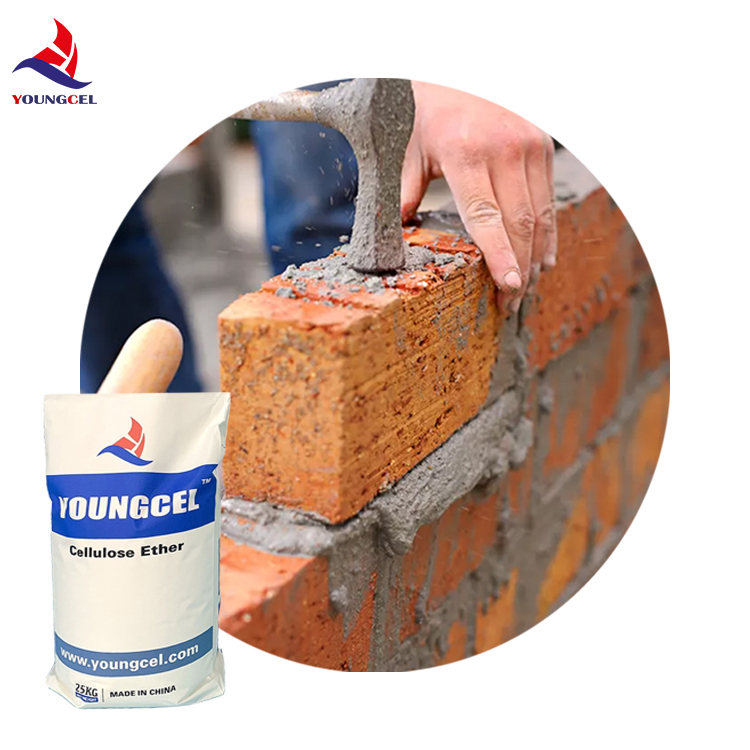HPMC Construct Grade An Essential Component for Modern Construction
Hydroxypropyl Methylcellulose (HPMC) is a versatile and indispensable ingredient in the modern construction industry. As a cellulose ether, HPMC is derived from natural cellulose, making it a non-toxic and environmentally friendly material that plays a crucial role in various construction applications. Its unique properties not only enhance the performance of building materials but also contribute to sustainable building practices. This article explores the significance of HPMC Construct Grade, its applications, and its benefits.
Understanding HPMC
HPMC is synthesized through the chemical modification of cellulose, which allows for the incorporation of hydroxypropyl and methyl groups. This modification leads to improved solubility, thermal stability, and water retention capabilities. HPMC is available in different grades, with the construct grade being specifically formulated for use in construction-related applications. This grade is characterized by its tailored viscosity, thermal properties, and the ability to form a stable gel, which are critical for various building materials.
Applications in Construction
1. Mortars and Plasters HPMC is extensively used in the formulation of tile adhesives, joint compounds, and other mortars. Its exceptional water retention properties facilitate superior workability and adhesion, allowing for longer open time during application without compromising the strength of the bond. This is particularly important in environments with high temperatures or low humidity.
2. Cementitious Materials When added to cement-based systems, HPMC improves the consistency and flow properties, contributing to enhanced pumping and spreading characteristics. This is essential for self-leveling compounds and pouring applications, ensuring a smooth finish and reducing the risk of cracks.
3. Gypsum Products HPMC enhances the performance of gypsum-based materials by improving their plasticity and water retention. This results in better application properties and a more uniform finish, which is critical for both aesthetic and functional purposes in interior construction.
hpmc construct grade

4. Adhesives and Sealants The construct grade of HPMC is instrumental in formulating high-performance adhesives and sealants, providing excellent adhesion properties and flexibility. Its ability to retain moisture helps in achieving better curing times and improved durability of the final product.
Benefits of HPMC Construct Grade
1. Improved Performance The incorporation of HPMC into construction materials significantly improves their mechanical properties, including tensile strength, flexibility, and durability. This leads to longer-lasting structures and reduced maintenance costs over time.
2. Sustainability HPMC is derived from renewable resources, making it a sustainable choice for environmentally conscious builders and architects. Its use in construction products promotes greener building practices by reducing the carbon footprint associated with traditional materials.
3. Enhanced Workability One of the key advantages of HPMC is its ability to improve the workability of construction materials. This allows contractors to work more efficiently, reducing labor costs and minimizing waste during the installation process.
4. Versatile Applications HPMC's versatility makes it suitable for a wide range of applications, from residential projects to large-scale commercial constructions. This adaptability is crucial in meeting the diverse needs of the construction industry.
Conclusion
The HPMC Construct Grade stands out as a vital component in modern construction practices. Its unique properties not only enhance the performance of various building materials but also contribute to sustainable and efficient construction methods. As the industry continues to evolve, the role of HPMC will likely grow, helping builders create structures that are not only strong and durable but also environmentally responsible. Embracing such innovative materials is essential for advancing construction technology and achieving a sustainable future.
-
A Comprehensive Guide to Methyl Ethyl Hydroxyethyl Cellulose: Applications and Industry InsightsNewsNov.24,2025
-
Understanding Methyl 2 Hydroxyethyl Cellulose: Uses, Benefits & Industry InsightsNewsNov.24,2025
-
Hydroxyethyl Methyl Cellulose HEMC: Industrial Uses, Benefits & Future TrendsNewsNov.23,2025
-
HEMC Cellulose: Versatile & Sustainable Industrial Polymer | YoungcelNewsNov.23,2025
-
Methyl Hydroxyethyl Cellulose: Versatile Building Block for Industry & SustainabilityNewsNov.23,2025
-
CAS 9032 42 2: Understanding Polyvinyl Alcohol's Impact on Industry & SustainabilityNewsNov.22,2025




